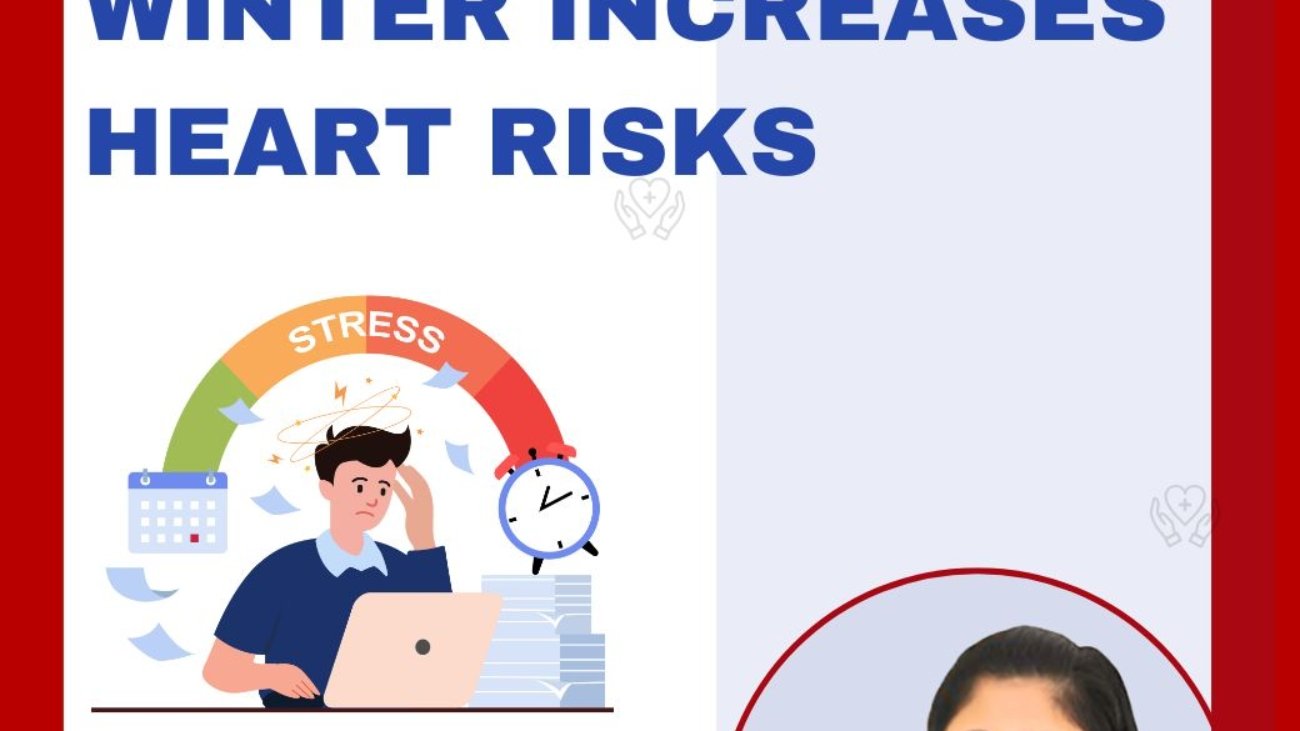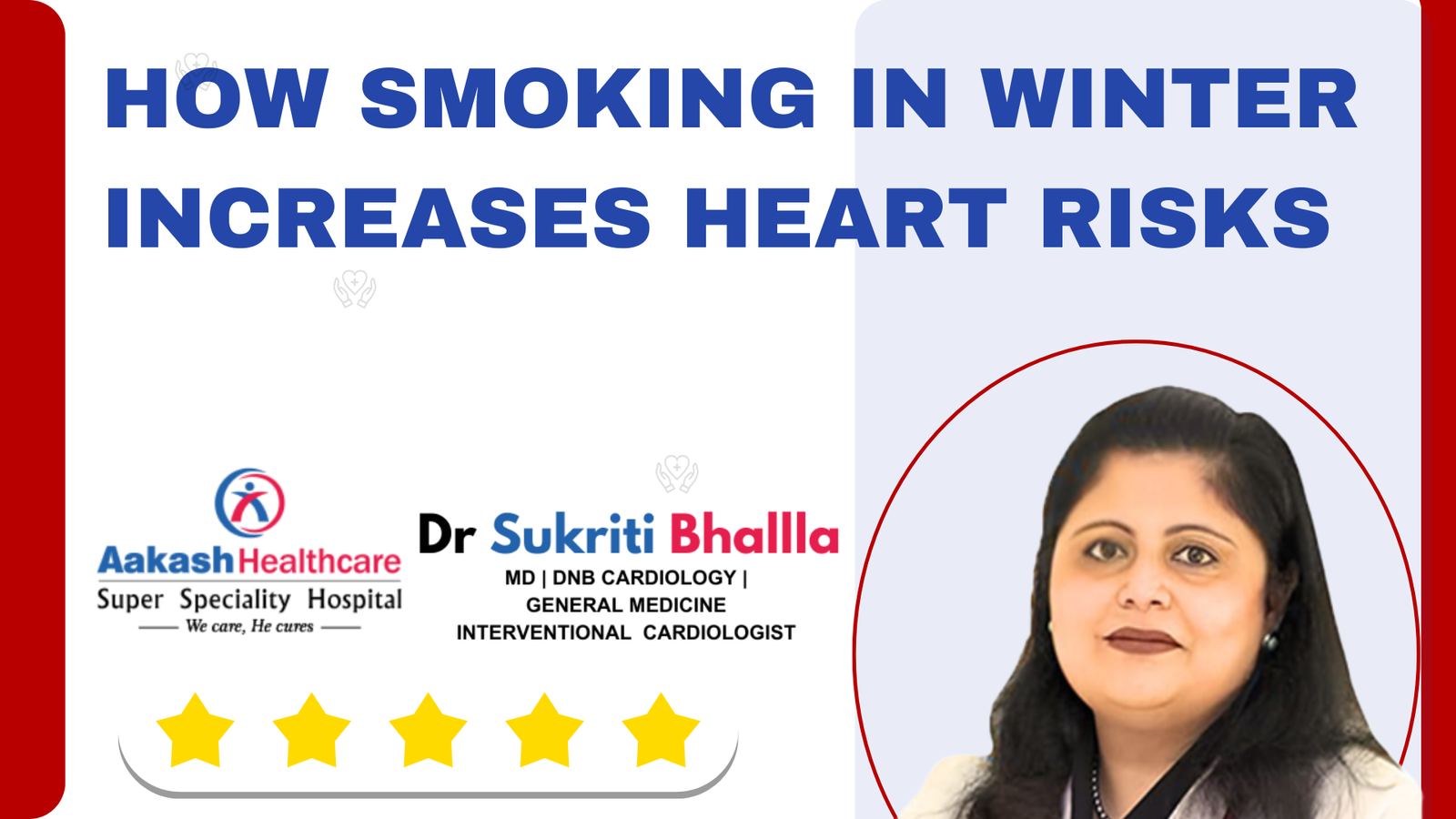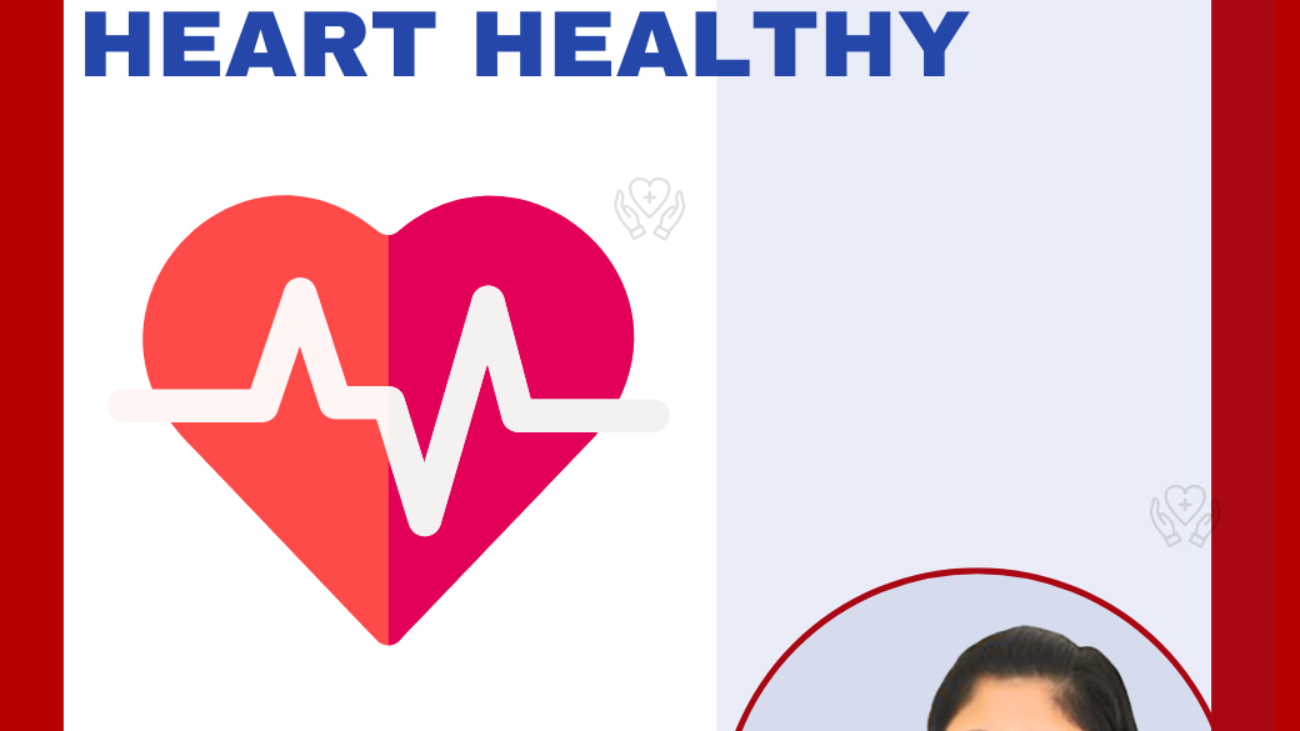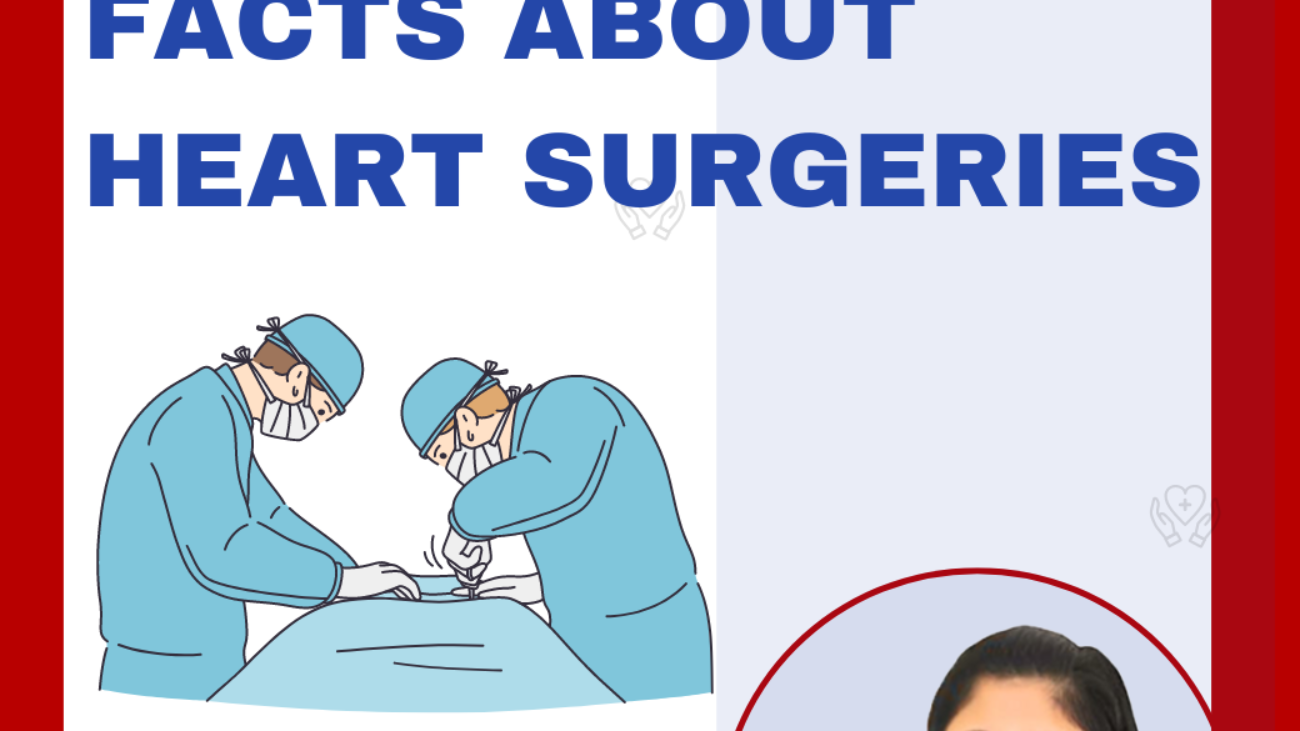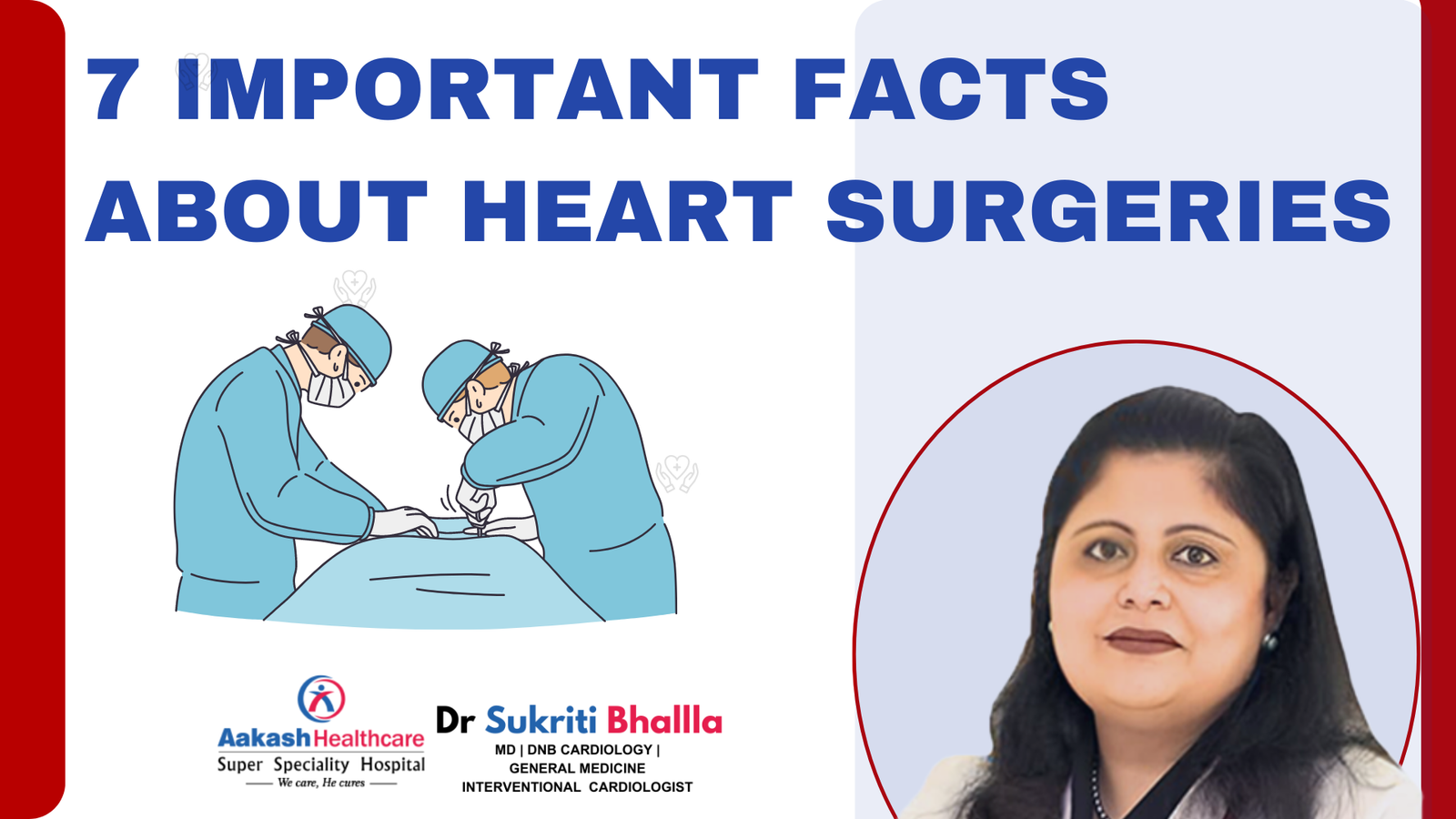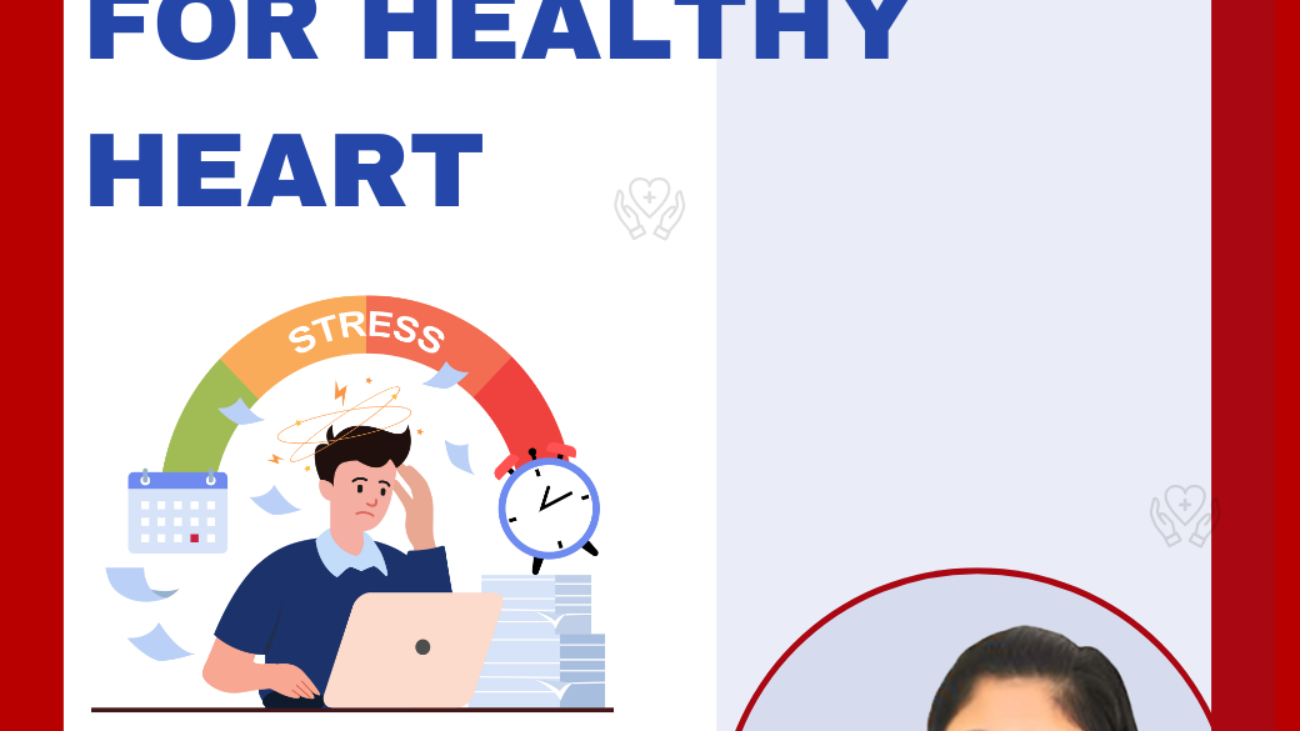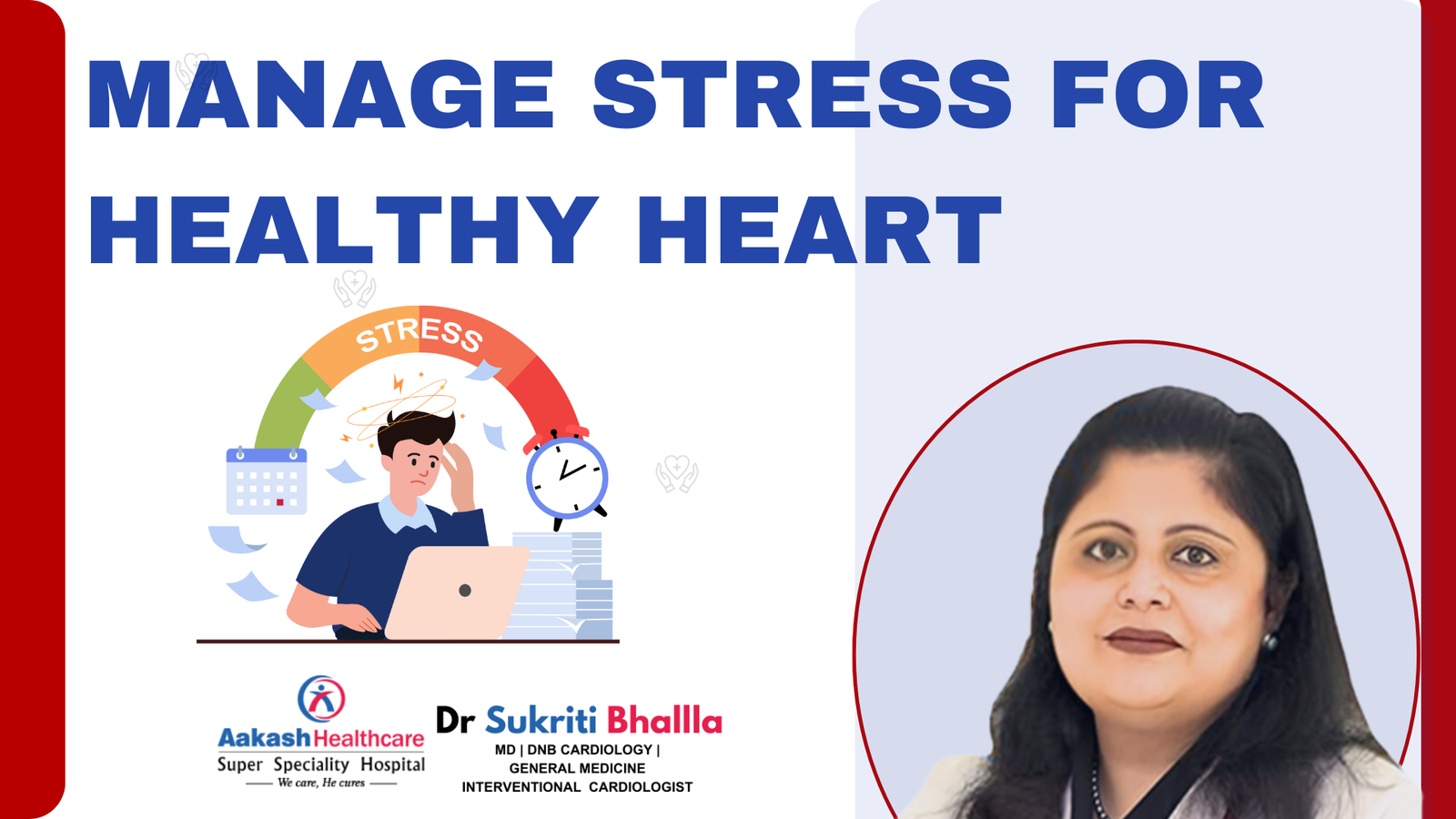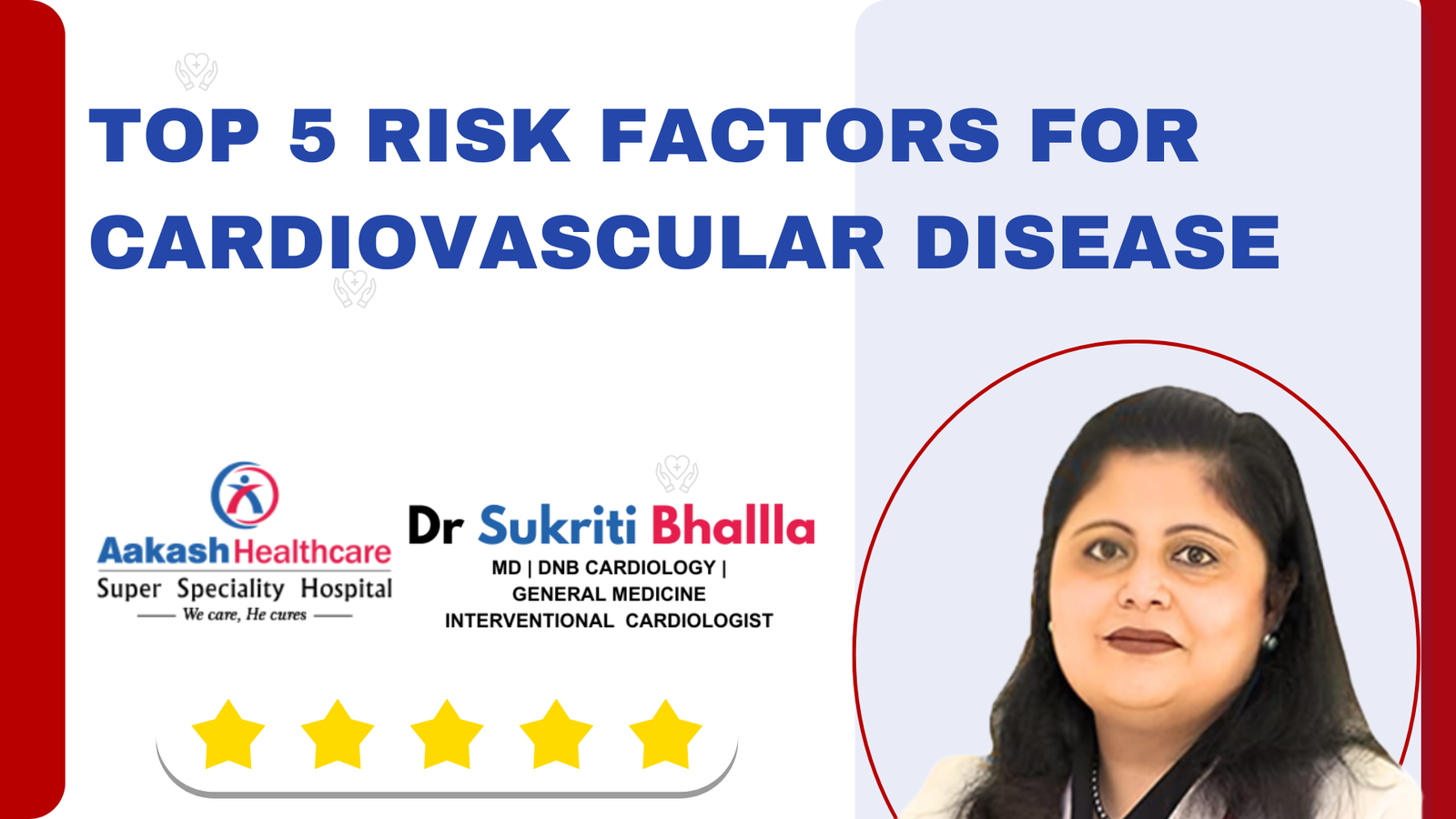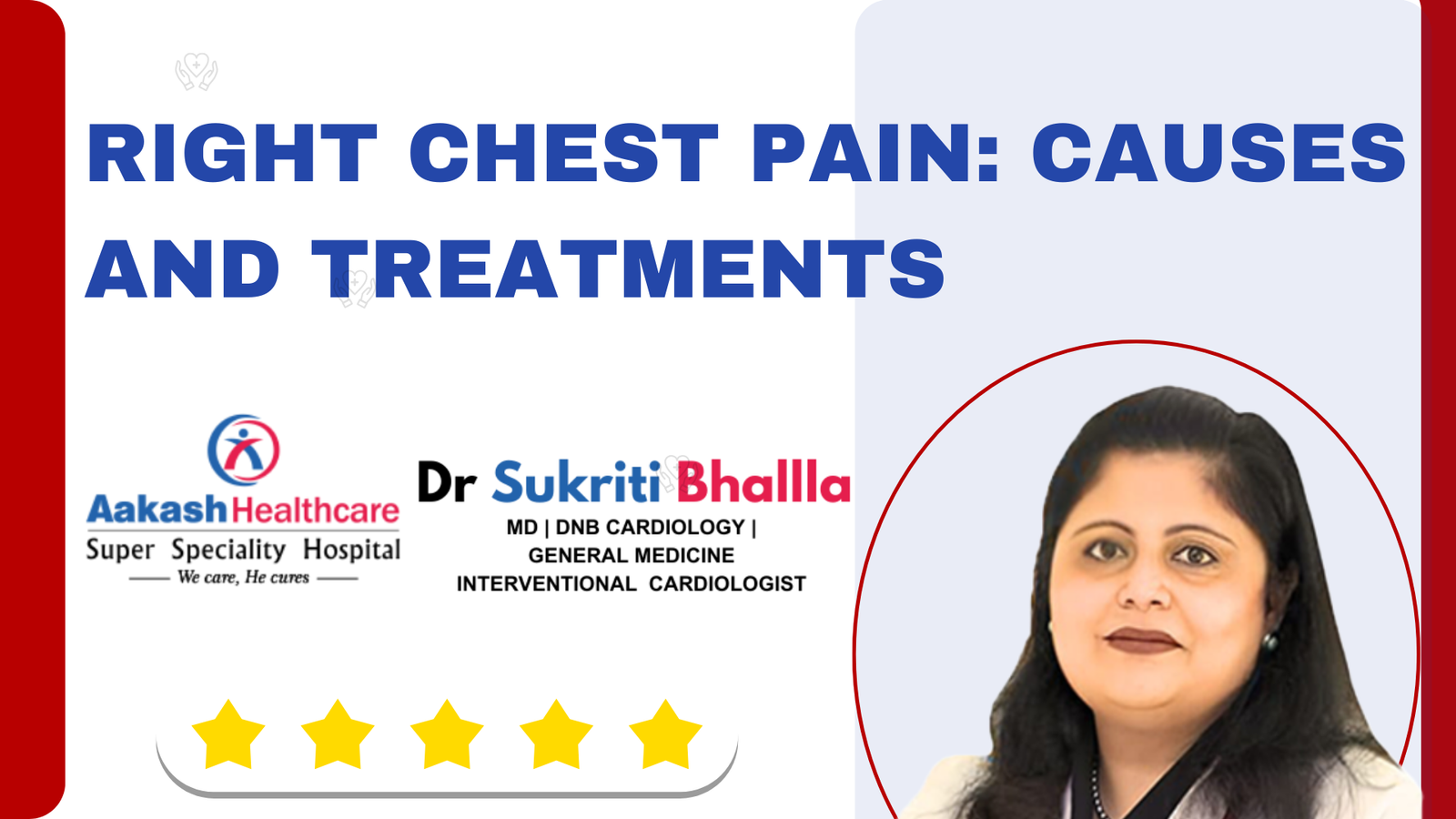Heart health is vital for overall good health, and cardiovascular diseases continue to be one of the top five leading causes of death across the globe. Heart disease takes many forms. It can arise as coronary artery disease, while heart attacks can also occur, as noted. Better care often depends on being able to intervene quickly. This is one example where interventional cardiologists have a role to play. These cardiologists are specialists in performing procedures that seek to restore blood flow and repair damaged heart tissue, while general cardiologists may be involved with prescribing medication, lifestyle changes, and diagnoses.

When you search for interventional cardiologist near me you are taking the first step towards getting expert care when it matters the most. Searching for a doctor is even more important when your heart is at stake. The location of a cardiologist matters because many heart emergencies arise (heart attacks and severe arrhythmias), where a cardiologist must intervene immediately. Seeing a qualified specialist quickly improves overall survival and reduces long-lasting complications. A nearby cardiologist also ensures you return for follow-up or follow-through care related to recovery, or steps to prevent future heart-related problems.
Knowing What an Interventional Cardiologist Does
Interventional cardiologists are highly trained doctors who diagnose and treat complex cardiac issues with catheter-based procedures. Many of these procedures are minimally invasive, meaning open heart surgery may not be necessary at all, keeping recovery time and risks to the patient down. Some common procedures done by interventional cardiologists include angioplasty, stenting, and repairing congenital heart defects.
The main advantage of seeing the best sugar doctor near me is their ability to act quickly in emergencies. For example, with someone having a heart attack, every minute matters. An interventional cardiologist can perform procedures to quickly restore blood flow back to the heart, minimising damage to the heart muscle and improving the outcome of the patient. The doctors and the technology used can often mean the difference between life and death, even in the worst of circumstances, and they are very experienced using advanced imaging to make the best decisions and deliver the right treatments.
Cardiac Care: Why Location Matters?
When experiencing a heart-related emergency, time is of the essence. Numerous studies have consistently proven that patients treated right away for a heart attack have higher survival rates as well as overall better health outcomes. The quicker you can receive treatment for your heart attack, the less damage may occur, so selecting an interventional cardiologist close to your home or work will cut down on the time and distance involved in receiving potentially life-saving intervention.
Being close to a specialised cardiologist also ensures that you can stay up to date with check-ups, diagnostic tests, and preventative care. Consistent contact with a cardiologist allows for an early detection of changes in your heart health and timely care, whether before a heart condition turns into an emergency or an emergency is experienced. Preventative care and timely intervention are extremely important for managing heart health, and maintaining location accessibility for care should be part of how you consider how to manage your heart care.
Expertise in Complex Procedures
Interventional Cardiologist Near me have the skills to perform complex cardiovascular cases that general cardiologists may refer. Such procedures usually involve additional training, care, and experience. For example, one requires the placement of a small balloon after threading it through a blood vessel to open a blocked artery (angioplasty). After a successful angioplasty, a stent is usually placed to continue blood flow. A patient expects technical expertise but must also make rapid decisions that may result in life-changing problems.
There are advances in treatment beyond the simple interventional procedures mentioned above. Examples include transcatheter aortic valve replacement (TAVR) and interventions in peripheral arteries (which are used to treat the circulation). These minimally invasive treatments allow patients to avoid traditional surgery and shorten their hospital time and stay. Having the ability to have an expert in your local area gives you access to advanced procedures, should it be requested.
Personalised and Continuity of Care
Another important benefit of selecting a local interventional cardiologist is the continuity of care. Heart problems typically require monitoring, drug adjustments, and lifestyle modification along the continuum. The best doctor in Dwarka can offer personalised care plans and follow-up treatment plans, changing them based on ongoing assessments of coronary health.
Longstanding relationships with a local cardiologist also involve more familiarity with your medical history, which may be critical in an emergency. Personal involvement can improve the effectiveness of treatment while reducing risks of complications, and the confidence of the patient to manage their cardiovascular health.
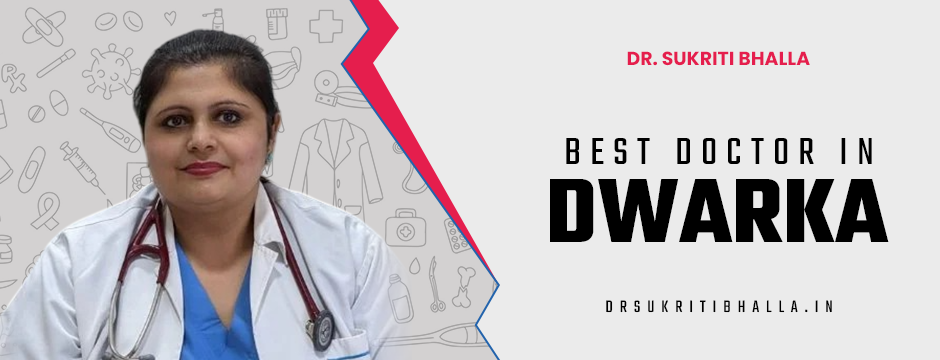
Final Words
Choosing an Interventional Cardiologist Near Me is more than a convenience—it’s a potentially life-saving decision. From rapid emergency interventions to personalised care and preventive guidance, proximity ensures that expert heart care is always within reach. When time matters most, having a specialist close by can significantly improve outcomes, reduce complications, and enhance overall quality of life.
For expert interventional cardiology services and compassionate, personalised care, visit Dr. Sukriti Bhalla. Our team of skilled professionals is dedicated to delivering timely, advanced cardiac care to safeguard your heart health. Don’t wait—choose a local expert who can make a life-saving difference when it matters most.

